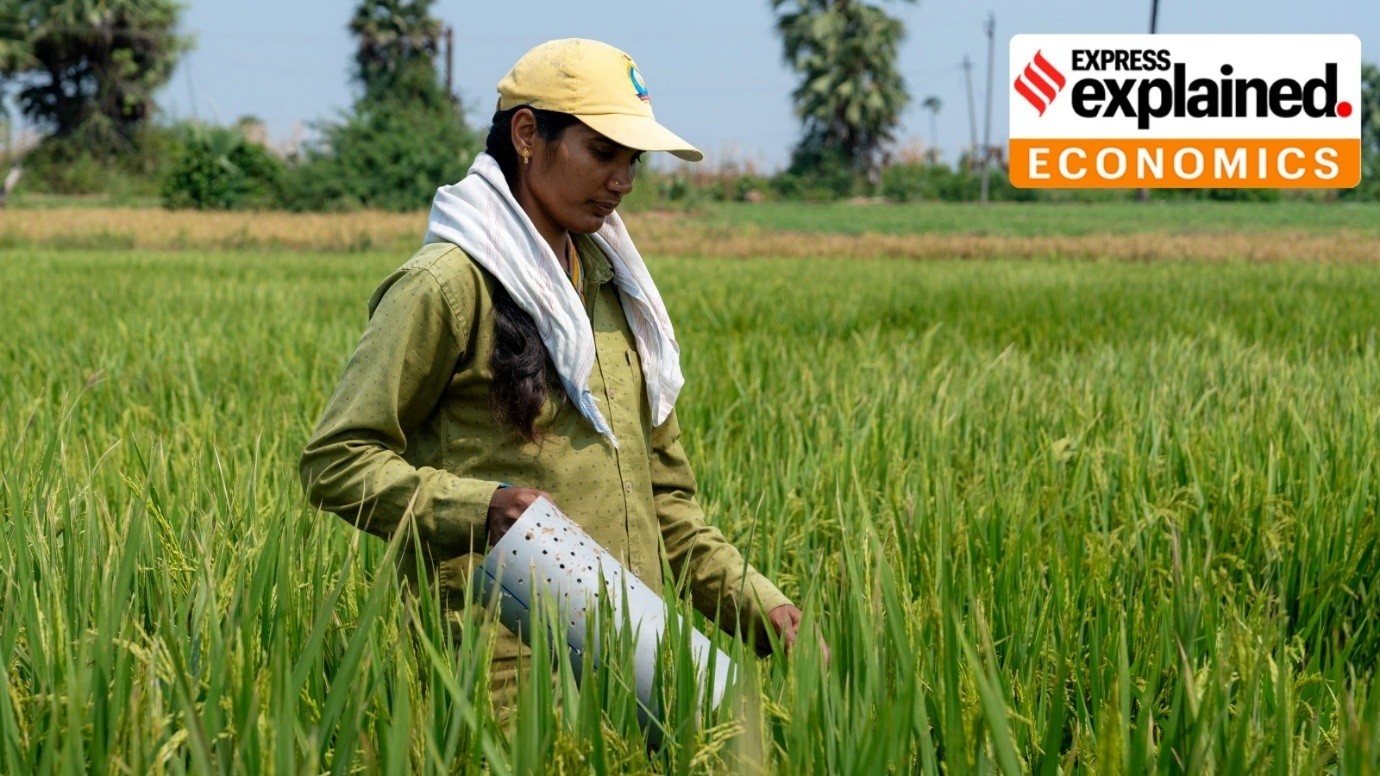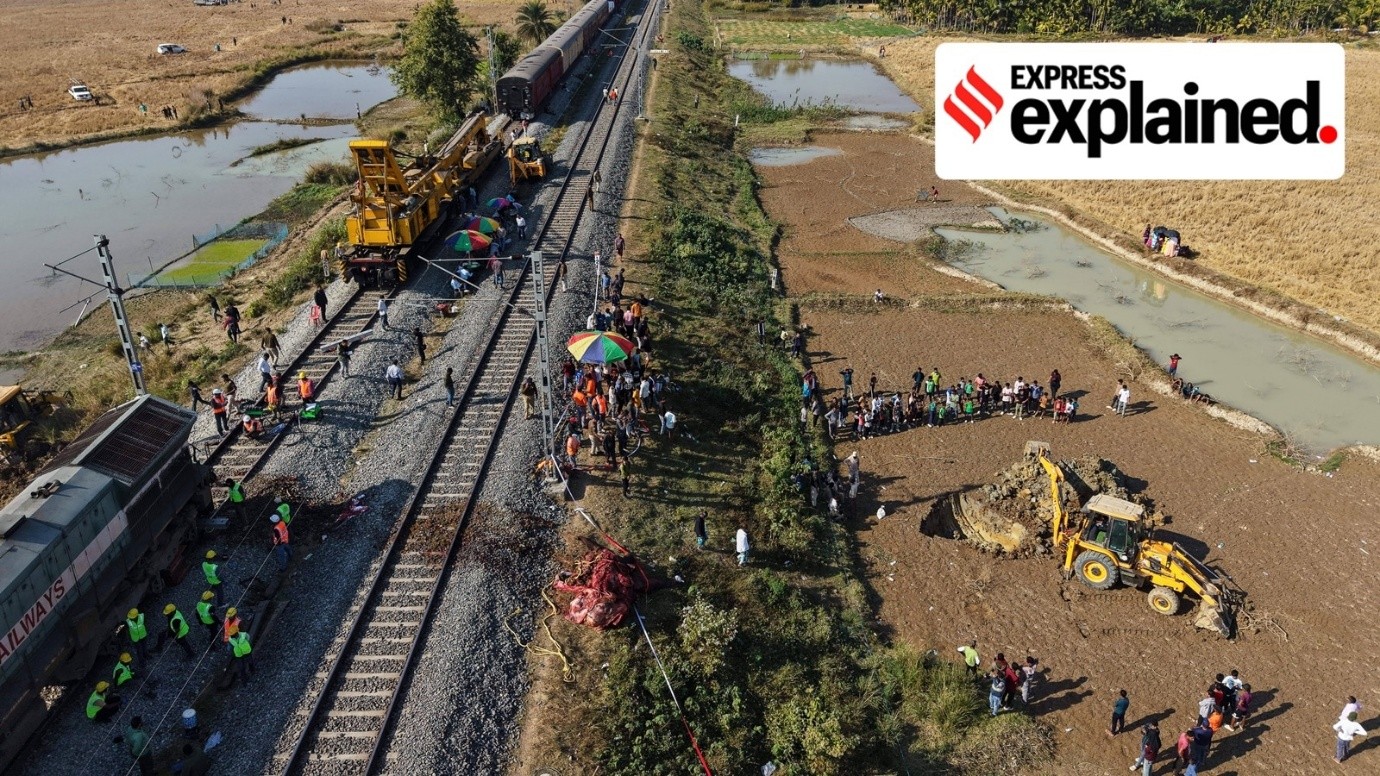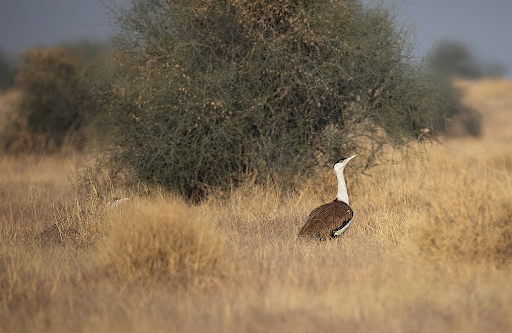




Source: HINDU
Disclaimer: Copyright infringement not intended.
Geotubing refers to a coastal protection technique that uses large geotextile tubes known as geotubes filled with dredged or hydraulically pumped materials to stabilize coastlines and prevent erosion.
These systems are gaining prominence in sustainable shoreline management across the globe including in India's vulnerable coastal areas like Kerala.
|
Feature |
Description |
|
Structure |
Large, elongated tubes made of high-strength, permeable geotextile fabric |
|
Materials Used |
Typically polypropylene woven geotextiles |
|
Filling |
Filled with sand, silt, sludge or other hydraulically pumped dredged material |
|
Design Flexibility |
Available in various shapes and sizes; customizable for site-specific needs |
The geotube is filled with sediment and then sealed.
Water drains out through the geotextile fabric leaving the solid materials inside.
Once installed along the coastline or water body it acts as a barrier to:
Wave action
Tidal currents
Soil erosion
Coastal Protection
Acts as artificial offshore breakwaters.
Absorbs and deflects wave energy.
Reduces coastal erosion and safeguards dune ecosystems.
Shoreline Stabilization
Prevents the loss of beach material.
Protects infrastructure, agricultural land and habitats along coastlines.
Dewatering and Waste Management
Used in dewatering industrial sludge or municipal waste.
Helps in waste volume reduction and easier transportation.
Emergency Flood Defense
Can be rapidly deployed in flood-prone areas to contain rising waters.
Environmental Restoration
Assists in wetland restoration and riverbank protection.
Deployment of offshore geotube breakwater systems yielded:
Significant reduction in wave action
Land accretion and restoration of eroded shoreline
Improved stability of beach profiles behind the barrier
Demonstrates eco-friendly, cost-effective and rapidly implementable technology for India’s coastal challenges.
|
Advantage |
Details |
|
Eco-friendly |
Uses natural sediments; minimal carbon footprint |
|
Cost-effective |
Cheaper than concrete or rock-based coastal defenses |
|
Adaptable |
Can be deployed in diverse locations and terrains |
|
Scalable |
Easily scalable based on the size of the coastal area |
|
Reversible and Minimal Intrusion |
Less permanent than rock armor; low disruption to local ecology |
|
Challenge |
Explanation |
|
Durability Concerns |
May degrade due to UV exposure, vandalism, or severe storms |
|
Maintenance Needs |
Requires periodic inspection and repair |
|
Environmental Impact |
Improper disposal of dredged material may affect water quality |
|
Site-Specific Effectiveness |
Performance may vary based on wave dynamics and sediment supply |
|
Dependence on Proper Installation |
Poor design or implementation may result in system failure |
National Coastal Mission (under NAPCC) – Promotes sustainable management of coastal areas.
Disaster Risk Reduction – Integrating geotubing in climate-resilient infrastructure planning.
Blue Economy – Helps protect coastlines that support fisheries, tourism and livelihoods.
Expand pilot projects across vulnerable coastal states (Odisha, Tamil Nadu, West Bengal).
Develop standardised protocols for installation and maintenance.
Invest in indigenous R&D for advanced geotextile materials.
Ensure community participation and ecological impact assessments before deployment.
Sources:
|
PRACTICE QUESTION Q. What is Geotubing? Evaluate its utility in the context of India’s coastal erosion and disaster management strategies. 250 words |






© 2026 iasgyan. All right reserved